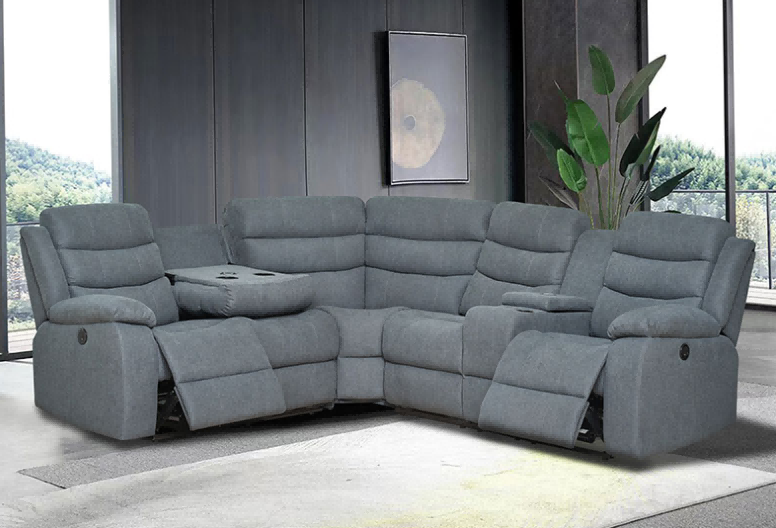Sofa Sector Drives China Furniture Recovery with Smart
China’s furniture industry navigated mixed fortunes in Q1 2025, with total exports declining 8.3% YoY to $16.87 billion, yet showcasing resilience through strategic shifts in product focus. At the heart of this recovery lies the Sofa sector, which accounted for 45.6% of total furniture exports ($7.7 billion), outperforming traditional categories like wooden cabinets and dining sets.
While Guangdong (-19.7%) and Fujian (-24.4%) faced export contractions, Zhejiang Province maintained its leadership with $5.16 billion in furniture exports (30.6% share), driven by smart office furniture and modular sofa designs. Western provinces such as Xinjiang (+145%) and Guangxi (+83.6%) leveraged Belt and Road logistics to boost rattan and bamboo sofa exports to Central Asia and the Middle East, aligning with global demand for eco-friendly alternatives. Notably, British imports of Chinese sofas surged 30% in Q3 2024, reflecting Europe’s growing appetite for affordable, high-quality designs.Smart Innovations Redefine Living Spaces

The integration of AI and IoT technologies has transformed sofas into multifunctional living hubs. KUKA Home, in collaboration with JD.com, launched the Waltz Voice-Controlled Smart Sofa 6688, which sold over 1,000 units within its first hour of release. Equipped with a V2.0 voice engine, the sofa responds to commands like "lazy viewing mode" in 0.3 seconds, adjusting seating angles and synchronizing with smart home devices to optimize lighting and temperature. Another breakthrough is the Lawrence Intelligent Electric Sofa, which converts seamlessly from a compact sofa to a queen-sized bed via voice or manual controls, catering to urban dwellers seeking space-saving solutions.
Consumer trends highlight the demand for tech-enhanced comfort: 60% of buyers under 35 prioritize features like USB charging and wireless connectivity. This shift has driven brands to invest in R&D, with KUKA now deriving 20% of its revenue from smart products, signaling a broader industry pivot toward high-value innovation.
Sustainability Takes Center Stage
With China’s GB18584 environmental standard set to take effect in July 2025, manufacturers are adopting eco-friendly materials to meet stricter VOC and formaldehyde limits. British brand Heal’s introduced the Matera Sofa, crafted from FSC-certified wood and biodegradable mycelium composites, reducing carbon footprint by 60% while supporting a 50kg load capacity. Domestic brands like Healthtec use water-based adhesives and zero-VOC finishes in modular designs, achieving China Environmental Labeling and commanding a 30% premium in government procurement.
Design trends emphasize organic shapes and modularity. Milan Furniture Fair exhibitors like Poliform blended curved upholstery with metallic accents for a "Neo-Chinese" aesthetic, while LEMA’s track-based modular systems improved inventory turnover by 40%. In China, "butterscotch" and natural wood tones dominate, supported by low-VOC paints from Skshu.
Modular Flexibility Meets Aging-In-Place Needs
Modular designs are gaining traction for their adaptability. The EAVE Modular Sofa, inspired by architectural eaves, features curved armrests and configurable modules for small apartments or large living spaces. Meanwhile, Huaxin Wohua’s 45° cabinet, designed for wheelchair users, commands a 50% premium in senior care markets, reflecting the industry’s focus on inclusive design.
As the global sofa market is projected to grow at a 4.5% CAGR through 2031, China’s dual focus on sustainability and smart technology positions it to redefine global benchmarks. Brands that balance environmental responsibility with user-centric innovation—such as KUKA, the world’s top sofa seller for three consecutive years—are poised to lead the next phase of growth.



